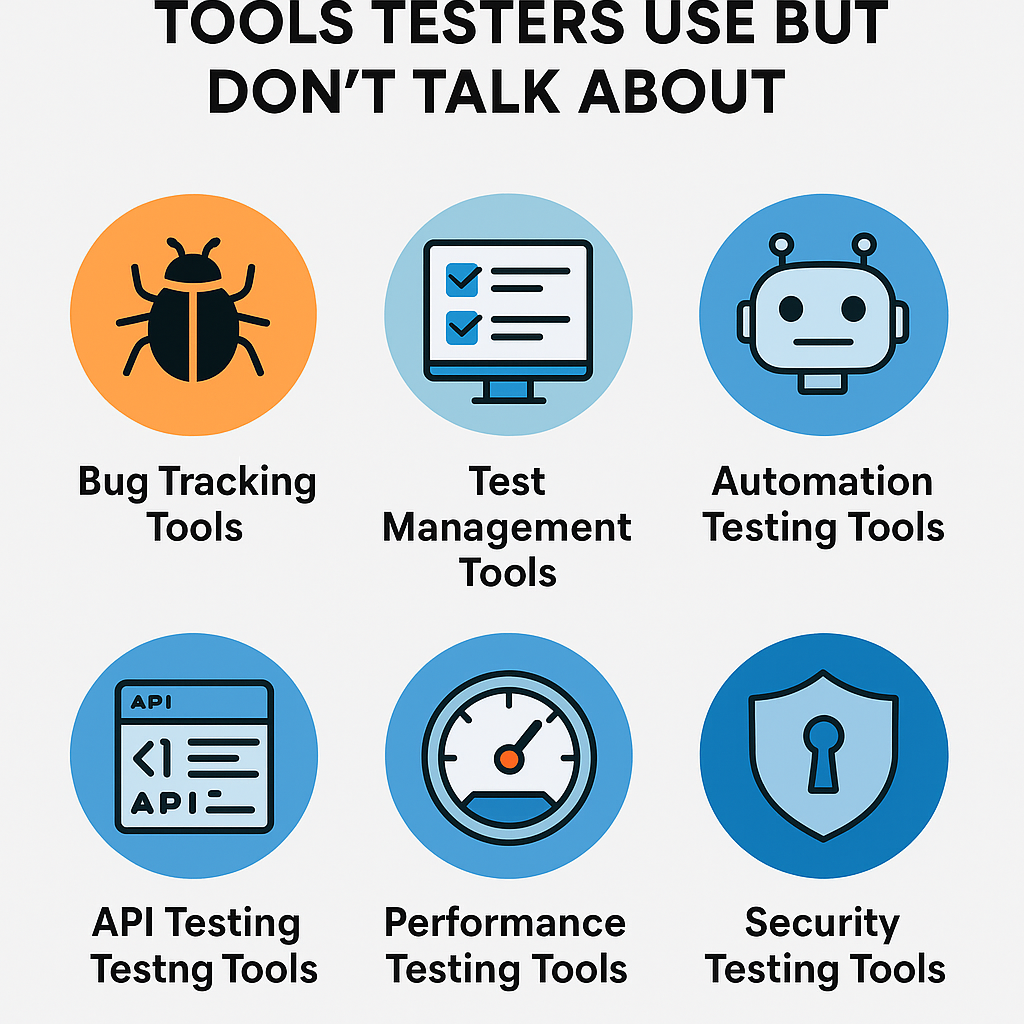Imagine a situation where you have to test an application with many input fields. Usually, you would hard-code those inputs and test them. However, hard-coding will be ineffective at scale. When you have to run through many permutations of acceptable input values for best-case, worst-case, positive, and negative test scenarios, hard-coding inputs will become cumbersome, confusing, and impossible to manage.
You can program the test to “read” the input values from a spreadsheet if you could have all the test input data in one place. That is exactly what data-driven testing is trying to achieve.
What is Data-Driven Testing?
Data-Driven Testing is a type of software testing in which test data is stored in a table or spreadsheet. Testers can input a single test script that can execute tests for all test data from a table and expect the test output in the same table. It’s also known as table-driven testing or parametrized testing.

Why Data-Driven Testing?
Data-driven testing is important because testers often have multiple data sets for a single test and making individual tests for each data set can take a long time. Data-driven testing keeps test data separate from test scripts and the same test scripts can be used for different combinations of test data and test results can be generated quickly.
Here are some of the popular external data sources for data-driven testing.
- MS Excel Sheets (.xls, .xlsx)
- CSV Files (.csv)
- XML Files (.xml)
- MS Access Tables (.mdb)
There are input values used for Selenium automation testing, as well as expected test results and output test results stored in the data feed or data source. This can be useful for comparing the test execution result and storing the same for later reference.
Check Also: Job-Oriented Selenium WebDriver Frameworks Training Program
https://www.qaonlinetraining.com/programs/job-oriented-selenium-webdriver-frameworks-training-program/
Advantages of Data-Driven Testing
Data-driven testing has several significant benefits, including
- A data-driven testing approach accelerates the process of efficiently performing regression testing on the features of a web product. Regression tests can be used to make sure that the workflow works well with different values stored in external data sources.
- Data-driven tests are easier to keep up because the test logic is kept separate from the data used to test the logic. Therefore, changes to business rules might only create new situations and add more data sets against which the tests have been checked.
- Data-driven tests are useful for keeping track of the test execution status and the input values against which the test automation was run.
- Data-driven testing is a preferred method for iteratively testing an application or web product against a large data set. It can have input values for positive and negative test scenarios, which helps improve test efficiency and coverage.
Conclusion
Data-driven testing is one of the most effective methods for performing testing at scale. The Data Driven Framework in Selenium is one of the biggest advantages of separating test data from Functional tests. Minimal changes in the business rules do not result in changes in the test implementation because of the separation of test data from tests. This also helps avoid having to rewrite test code when testing against multiple sets of data.












